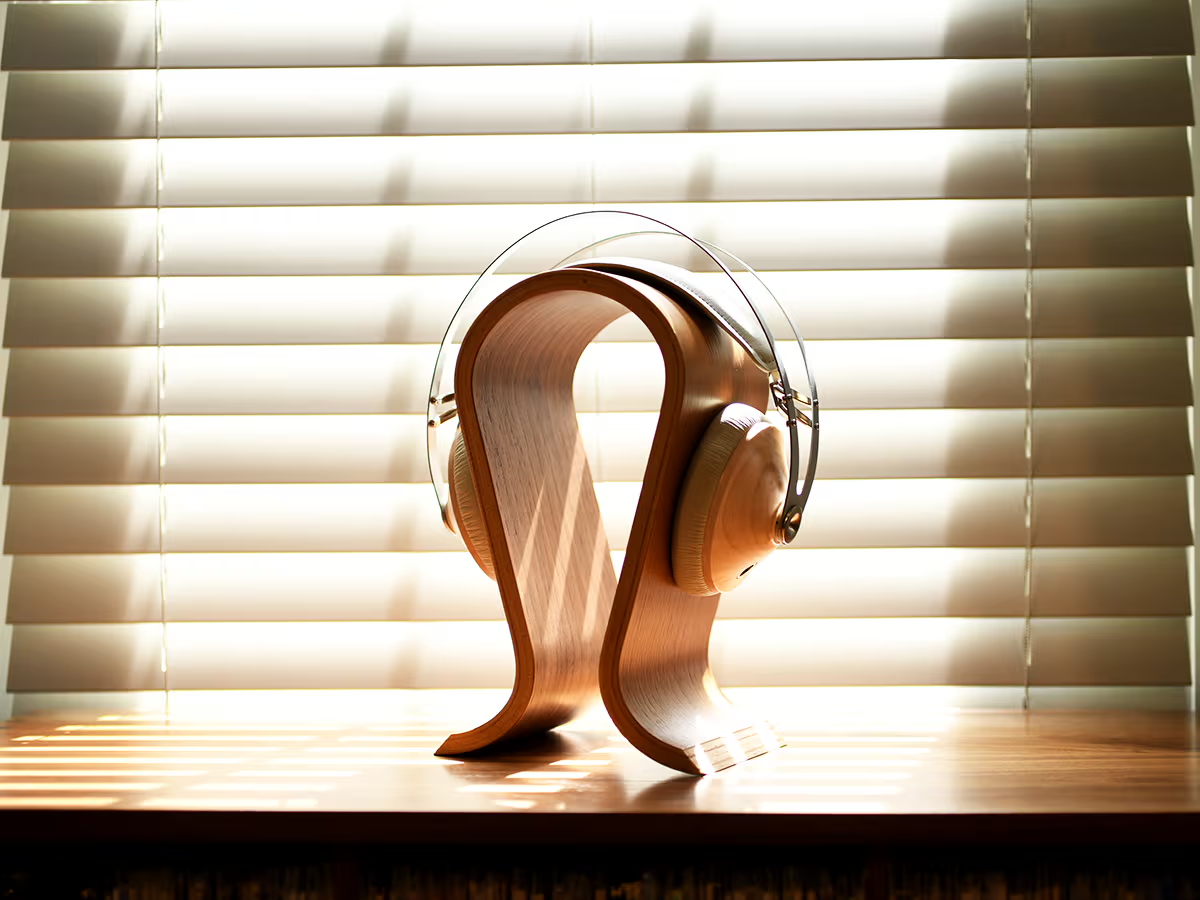Best Headphones for Tinnitus
Read Time: Approx. 11 min.

Tinnitus Sufferers Can Safely and Comfortably Enjoy Music with the Right Headphones
If you are among the 15% to 20% of people affected by tinnitus, you may be wondering which headphones will be best for you. You want to enjoy the freedom and intimacy afforded by personal listening devices without aggravating the ringing in your ears. And you care about sound quality, so you don't want to settle for just any old headphones.
Tinnitus is generally experienced as a phantom ringing in the ear or ears, but it can cause other noises such as buzzing, roaring, clicking, hissing, or humming. Sometimes the sound can be so loud that it interferes with a person's ability to concentrate or to hear external sounds. Tinnitus can be constant or intermittent, and it can very much affect a person's quality of life.
Tinnitus is most commonly triggered by excessive noise exposure. This could be one-time loud noises such as explosions or gunshots; time spent in noisy environments; or repeated triggers like loud music at concerts or years of listening to headphones at too-high volumes. Loud sounds can injure the hair cells in your inner ear and can also lead to hearing damage or loss.
Other causes of tinnitus include age-related hearing loss (presbycusis), ear injury, a problem with the circulatory system, infections, or medications. Note that tinnitus doesn't cause hearing loss, but rather is a symptom of hearing loss.
Is it safe for tinnitus sufferers to listen to music or talk radio/podcasts on headphones? Some people with the condition find that listening on headphones helps to distract them from the incessant sounds in their ears. Background noise like this can serve as a therapeutic form of white noise. In fact, sound therapy can be an effective treatment for tinnitus.
So the answer is yes, you can use headphones if you have tinnitus -- but the type of headphone will matter.
Best Headphones for Audiophiles with Tinnitus
Headphone Types for Tinnitus Listeners
1. Full-Size, On-Ear, Open-Back Headphones are Best for Tinnitus
For optimal comfort for sensitive ears and for hearing protection, full-size, on-ear headphones are recommended. Open-back headphones are preferable to closed-back headphones. You especially want to avoid tightly sealed closed-back headphones, which can cause too much pressure in your eardrums. A headphone driver produces sound by moving air, which can more readily escape from open-back earcups. When the air has nowhere to go, the result is pressure on your eardrums. Some headphones may be classified as semi-closed, and those are a better bet than true closed-back headphones. Instead of a fully sealed enclosure, these headphones have a port on the outside of each ear cup to ventilate excess energy that can build up inside of closed-back headphones.
2. Warm or Neutral-Sounding Headphones are Best for Tinnitus
Warm headphones put more emphasis on lower frequencies, giving a more relaxed and immersive sound where you're not hyper-focusing on details or higher-pitched sounds. Bright-sounding headphones are not recommended, as harsh or screechy high notes can be irritating to tinnitus sufferers. A headphone is said to be "bright" when there is too much emphasis on the treble. Now, treble is where we get detail, air, and definition in our music, but for tinnitus sufferers, it's best in moderation. Likewise, analytical-sounding headphones, which highlight micro-details, can be fatiguing for people with tinnitus. You want to enjoy your music without fatiguing or irritating your ears.
3. People with Tinnitus Should Avoid Earbuds, Earphones, and IEMs
In-ear monitors (IEMs), also called earphones, sit directly inside the ear canal. The pressure and nearfield of the drivers can aggravate tinnitus. The sound energy in IEMs is directed directly into the eardrum, which can be irritating or even harmful for people already suffering from hearing loss or tinnitus. While IEMs offer a level of convenience and portability, they are best avoided if you have tinnitus.
4. Do Not Listen to Headphones at High Volumes if You Have Tinnitus
The volume at which you listen to your headphones needs to be top of mind, as listening at too-loud volumes can both lead to and exacerbate tinnitus. Volume is measured in decibels, abbreviated dB. Decibels represent sound pressure level (SPL). The higher the dB value, the louder the sound being put forth by your headphones.
Headphone sensitivity is another measure that will determine the loudness of your headphones. You can think of it as how much power the headphones will need to output higher volumes. The higher the sensitivity, the louder the headphones, and the less you will need to crank the volume to reach the sound level you desire. Scientists recommend that prolonged listening should be between 60 and 85 decibels to stay safe. As a rule of thumb, lower volumes will always be better. Always consult an audiologist for medical advice.
The Best Headphones for Tinnitus
Dan Clark Audio AEON 2 Open Portable Headphones
Notable Features:
- Super comfortable
- Unique and patented folding gimbal design
- Ear cups mimic shape of ear
- "Memory metal" headband
Sound Signature: Warm side of Neutral
Standout Genres: Rock and Metal
Dragon Cable Recommendation: Silver Dragon Premium Headphone Cable
Related Videos
Best Headphones for Audiophiles with Tinnitus
Meze 105 AER Review: THE Budget Audiophile Headphone?
Top Audiophile Headphones of 2024: Entry to Endgame

"Either write something worth reading or do something worth writing" - Benjamin Franklin
For Cayla Menges, combining her passion for writing and love for music is the perfect recipe. Cayla uses her love for storytelling and experience as a former newspaper journalist to create content that informs and resonates with music lovers and audiophiles alike. When she's not at Moon Audio, Cayla enjoys bingeing reality TV, knitting, trying her hand at new recipes, traveling and spending time with family and friends.
Moon Audio strives to provide the most relevant collection of curated audiophile products for our customers. Our reviews and product guides are designed to inform our community and share our passion for audio technology. Whether you're just starting out or a seasoned professional, we're glad you joined us.
Want more? Sign up for curated content in your inbox.
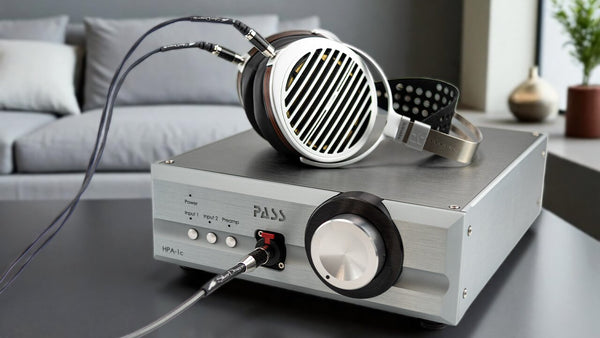
BY: CAYLA MENGES |
Read Time: Approx. 14 min. TL;DR Refined Evolution: Improves on the HPA-1 with an upgraded power supply and 10dB noise... Read more
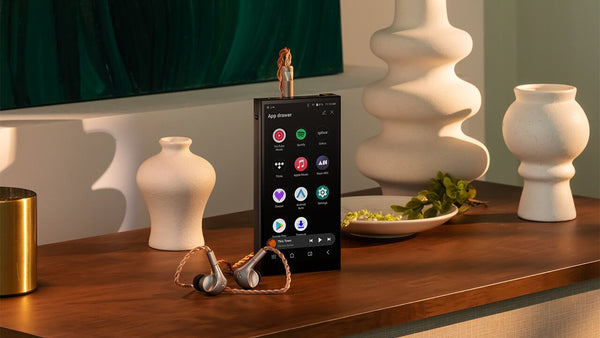
BY: CAYLA MENGES |
PD10 Black Brings SP4000 Features to more DAP Users Astell&Kern has added a new Black finish to its PD10 Digital... Read more
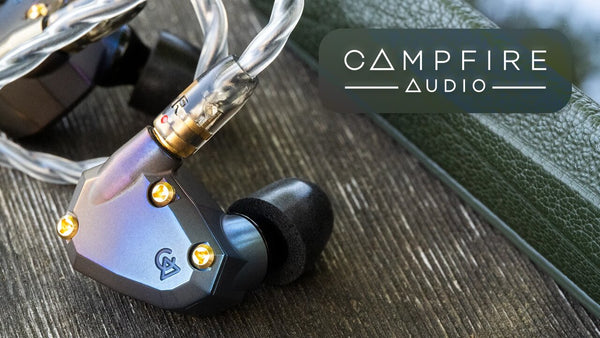
BY: CAYLA MENGES |
Read Time: Approx. 12 min. The Art of Joyful Sound In a world where most high-end audio companies prioritize function... Read more
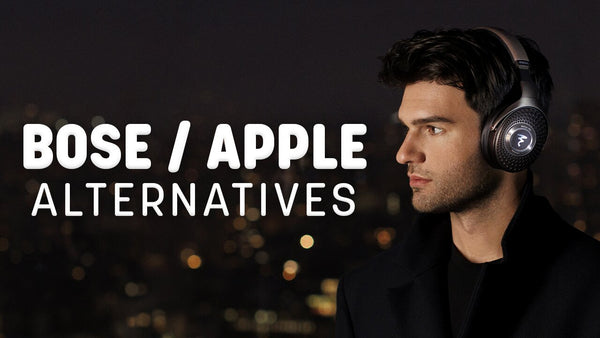
BY: CAYLA MENGES |
Read Time: Approx. 10 min. TL;DR: Apple and Bose headphones offer convenience and sleek design, but fall short on true... Read more
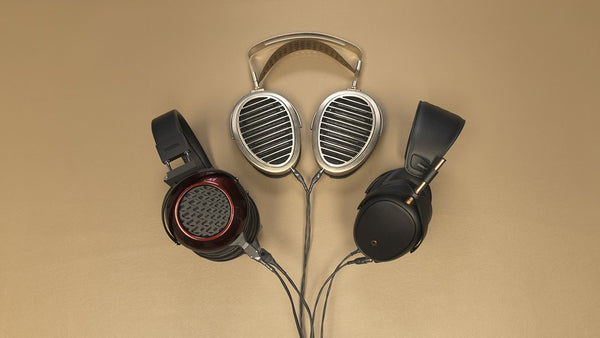
BY: CAYLA MENGES |
Moon Audio shares a list of the best audiophile headphones in the price range of $1000 to $3000 Read more
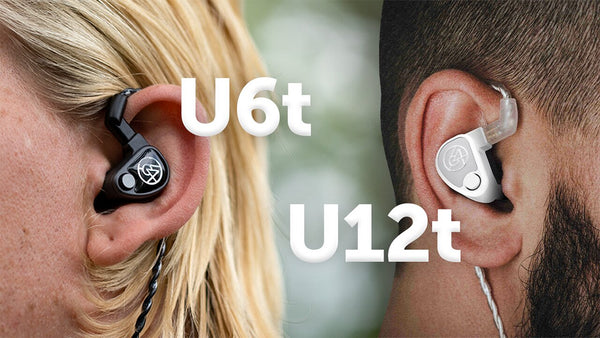
BY: CAYLA MENGES |
Read Time: Approx. 10 min. TL;DR: Sub-$2K Flagship Performance: Both the U6t and U12t IEMs deliver exceptional value under $2,000... Read more

BY: CAYLA MENGES |
Read Time: Approx. 14 min. TL;DR Refined Evolution: Improves on the HPA-1 with an upgraded power supply and 10dB noise... Read more

BY: CAYLA MENGES |
Moon Audio shares a list of the best audiophile headphones in the price range of $1000 to $3000 Read more
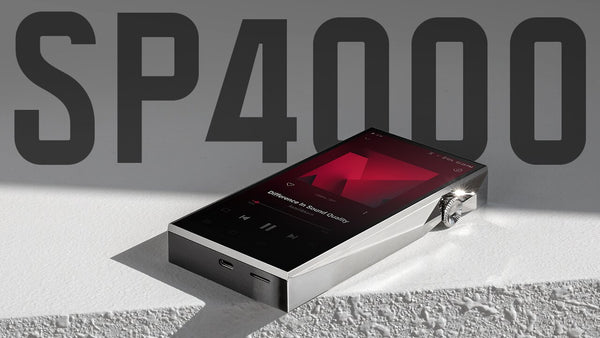
BY: CAYLA MENGES |
Read Time: Approx. 20 min. TL;DR First Astell&Kern DAP with full Android OS and Google Play Store access: Download any... Read more
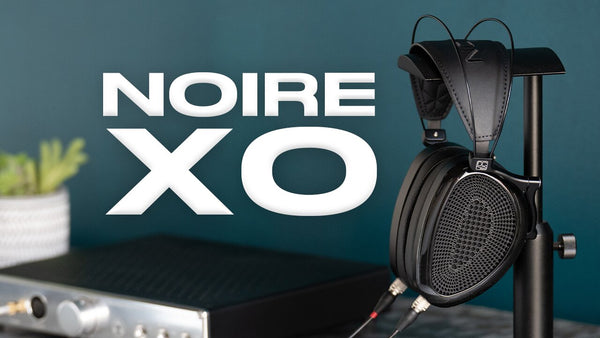
BY: CAYLA MENGES |
Read Time: Approx. 17 min. TL;DR Audiophile-grade sound quality with a harmonious midrange, precise imaging, and comfortable, lightweight construction Exceptional... Read more

BY: CAYLA MENGES |
Read Time: Approx. 10 min. TL;DR: Audiophiles crave more than convenience—they want uncompromised sound. This blog compares Apple Music vs Spotify... Read more

BY: CAYLA MENGES |
Come See Us in Booth 8101 Moon Audio is heading to the 14th annual Audio Expo North America (AXPONA) and... Read more

BY: CAYLA MENGES |
Read Time: Approx. 10 min. TL;DR: Apple and Bose headphones offer convenience and sleek design, but fall short on true... Read more

BY: CAYLA MENGES |
Moon Audio shares a list of the best audiophile headphones in the price range of $1000 to $3000 Read more

BY: CAYLA MENGES |
Read Time: Approx. 10 min. TL;DR Mid-century modern aesthetic with walnut wood ear cups and radial PC-ABS grilles inspired by... Read more
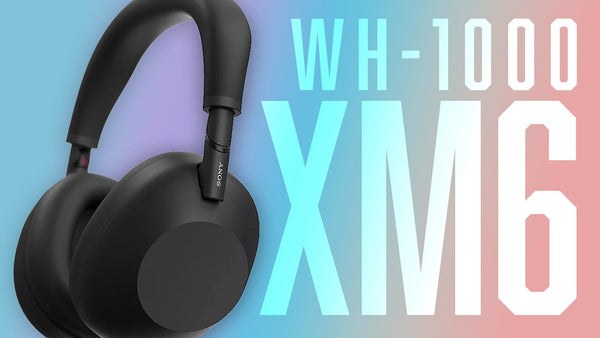
BY: CAYLA MENGES |
Read Time: Approx. 20 min. TL;DR Sound quality rivals audiophile-grade wired headphones–refined, controlled with bass precision and clarity Supports high-resolution... Read more

BY: CAYLA MENGES |
Read Time: Approx. 17 min. TL;DR Audiophile-grade sound quality with a harmonious midrange, precise imaging, and comfortable, lightweight construction Exceptional... Read more
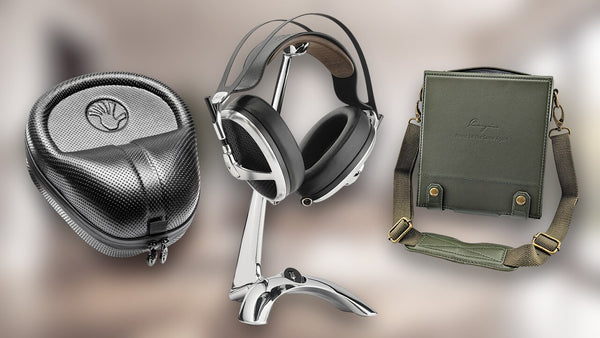
BY: CAYLA MENGES |
Read Time: Approx. 10 min. Summary: Proper storage is essential for protecting your high-end audio gear and maximizing its performance... Read more

BY: CAYLA MENGES |
Read Time: Approx. 10 min. TL;DR: Apple and Bose headphones offer convenience and sleek design, but fall short on true... Read more

BY: CAYLA MENGES |
Moon Audio shares a list of the best audiophile headphones in the price range of $1000 to $3000 Read more
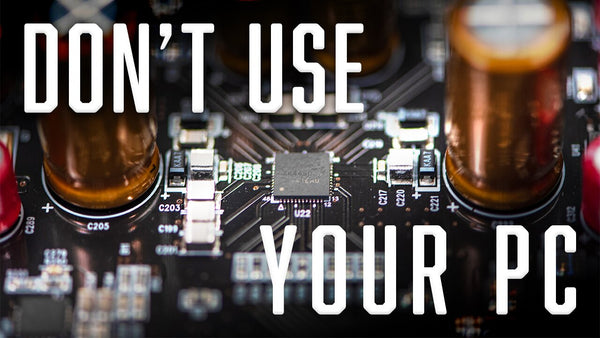
BY: CAYLA MENGES |
Read Time: Approx. 10 min. TL;DR: Fanless and silent PCs, especially purpose-built music servers like those from Aurender, are a top... Read more
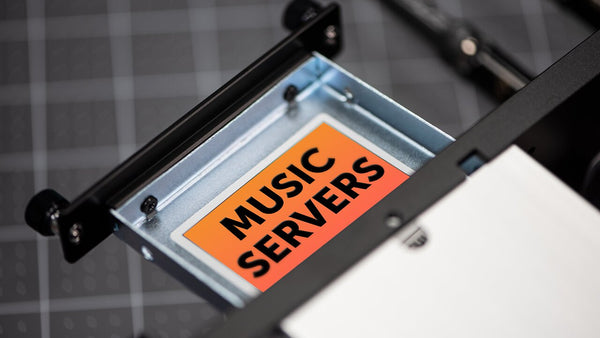
BY: CAYLA MENGES |
Read Time: Approx. 11 min. TL;DR Music servers centralize your entire digital collection, storing and organizing ripped CDs, purchased digital... Read more
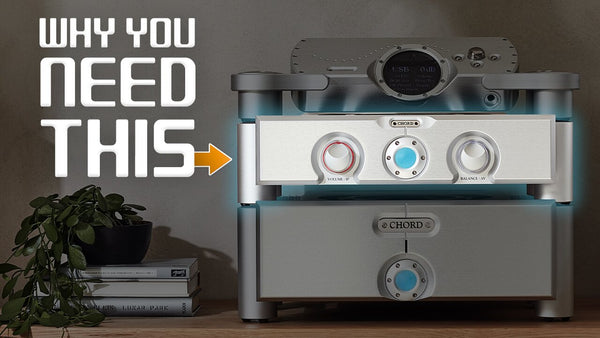
BY: CAYLA MENGES |
Read Time: Approx. 9 min. TL;DR Preamplifiers are always necessary: They boost weak audio signals to line level for proper... Read more
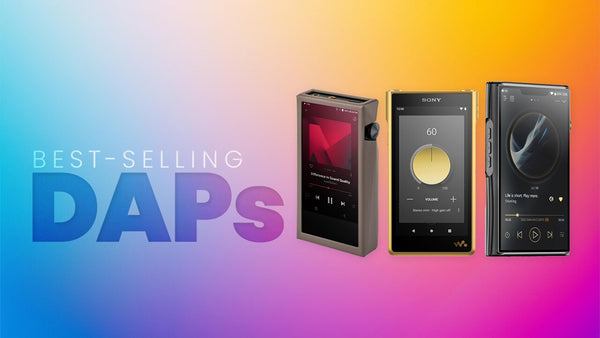
BY: CAYLA MENGES |
TL;DR DAPs have captured the audiophile community as the ultimate portable companion for everyday listening, regardless of the scenario Astell&Kern... Read more

BY: CAYLA MENGES |
Read Time: Approx. 12 min. The Art of Joyful Sound In a world where most high-end audio companies prioritize function... Read more

BY: CAYLA MENGES |
Read Time: Approx. 10 min. TL;DR: Sub-$2K Flagship Performance: Both the U6t and U12t IEMs deliver exceptional value under $2,000... Read more
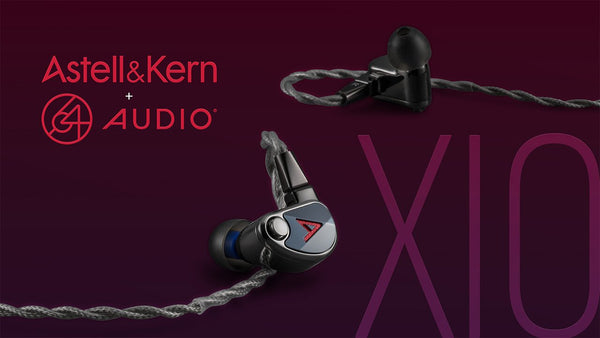
BY: CAYLA MENGES |
Read Time: Approx. 16 min. TL;DR Premium Collaboration at $3,000: A premium collaboration between Astell&Kern and 64 Audio at $3,000,... Read more
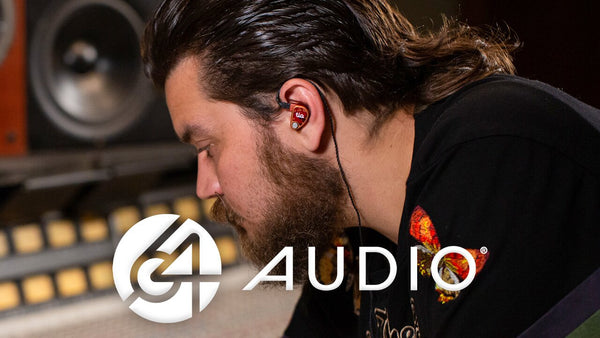
BY: CAYLA MENGES |
Read Time: Approx. 20 min. TL;DR First tubeless IEM design with proprietary TIA (Tubeless In-Ear Audio) technology for natural sound... Read more
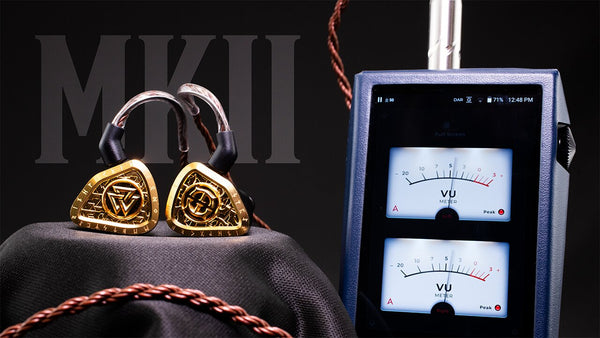
BY: CAYLA MENGES |
Read Time: Approx. 12 min. TL;DR Sound signature: Natural, articulate, and balanced with smoother highs, more dynamic midrange, and controlled... Read more

BY: CAYLA MENGES |
Read Time: Approx. 10 min. Summary: Proper storage is essential for protecting your high-end audio gear and maximizing its performance... Read more

BY: CAYLA MENGES |
Moon Audio shares a list of the best audiophile headphones in the price range of $1000 to $3000 Read more

BY: CAYLA MENGES |
Read Time: Approx. 10 min. TL;DR Mid-century modern aesthetic with walnut wood ear cups and radial PC-ABS grilles inspired by... Read more

BY: CAYLA MENGES |
Read Time: Approx. 10 min. Summary: Proper storage is essential for protecting your high-end audio gear and maximizing its performance... Read more
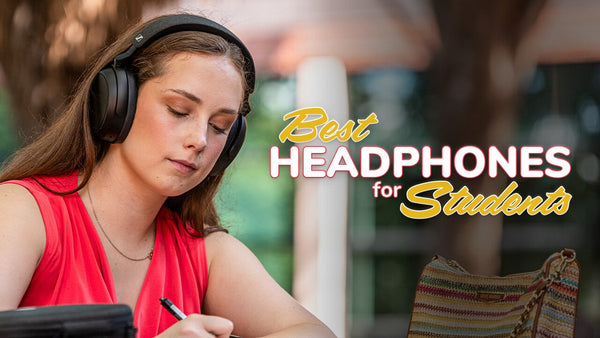
BY: CAYLA MENGES |
Read Time: Approx. 10 min. TL;DR: College students and young audiophiles need headphones that balance high-fidelity sound with portability, durability, and... Read more

BY: CAYLA MENGES |
Read Time: Approx. 10 min. TL;DR: Audiophiles crave more than convenience—they want uncompromised sound. This blog compares Apple Music vs Spotify... Read more
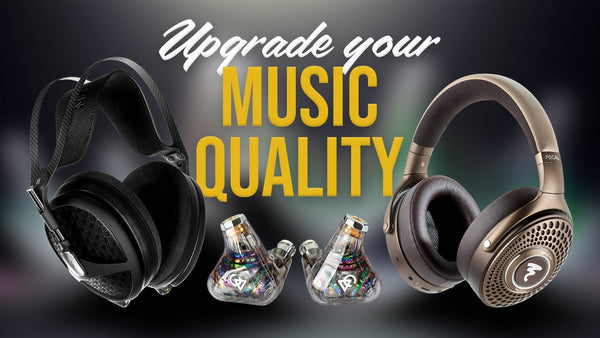
BY: CAYLA MENGES |
Read Time: Approx. 10 min. TL;DR: Looking for the best headphones for music quality? This guide from Moon Audio breaks down... Read more

BY: CAYLA MENGES |
Read Time: Approx. 10 min. TL;DR Mid-century modern aesthetic with walnut wood ear cups and radial PC-ABS grilles inspired by... Read more

BY: CAYLA MENGES |
Read Time: Approx. 10 min. TL;DR: College students and young audiophiles need headphones that balance high-fidelity sound with portability, durability, and... Read more

BY: CAYLA MENGES |
Come See Us in Booth 8101 Moon Audio is heading to the 14th annual Audio Expo North America (AXPONA) and... Read more

